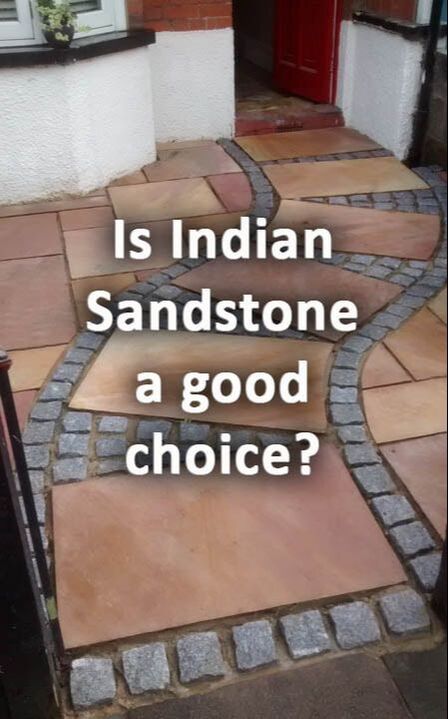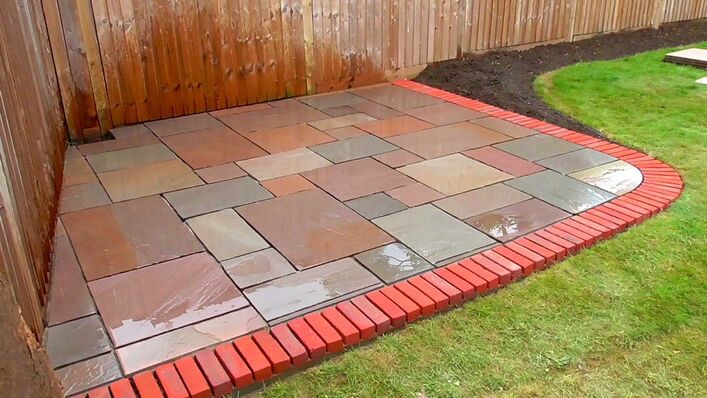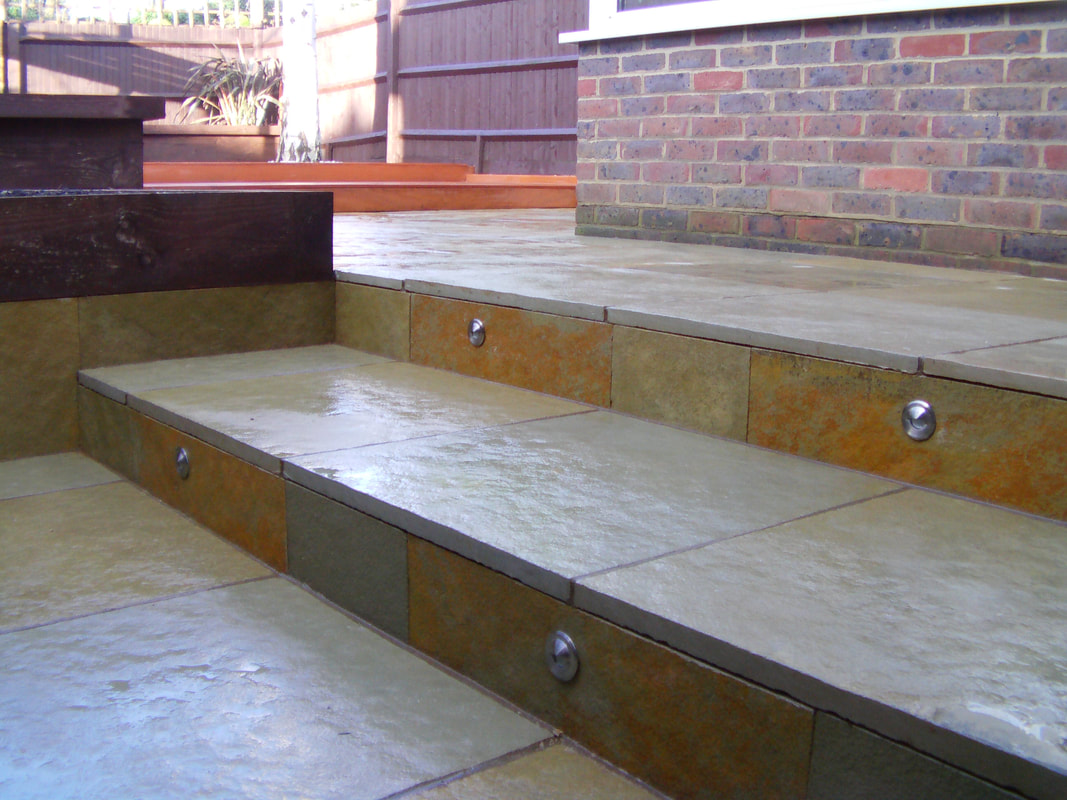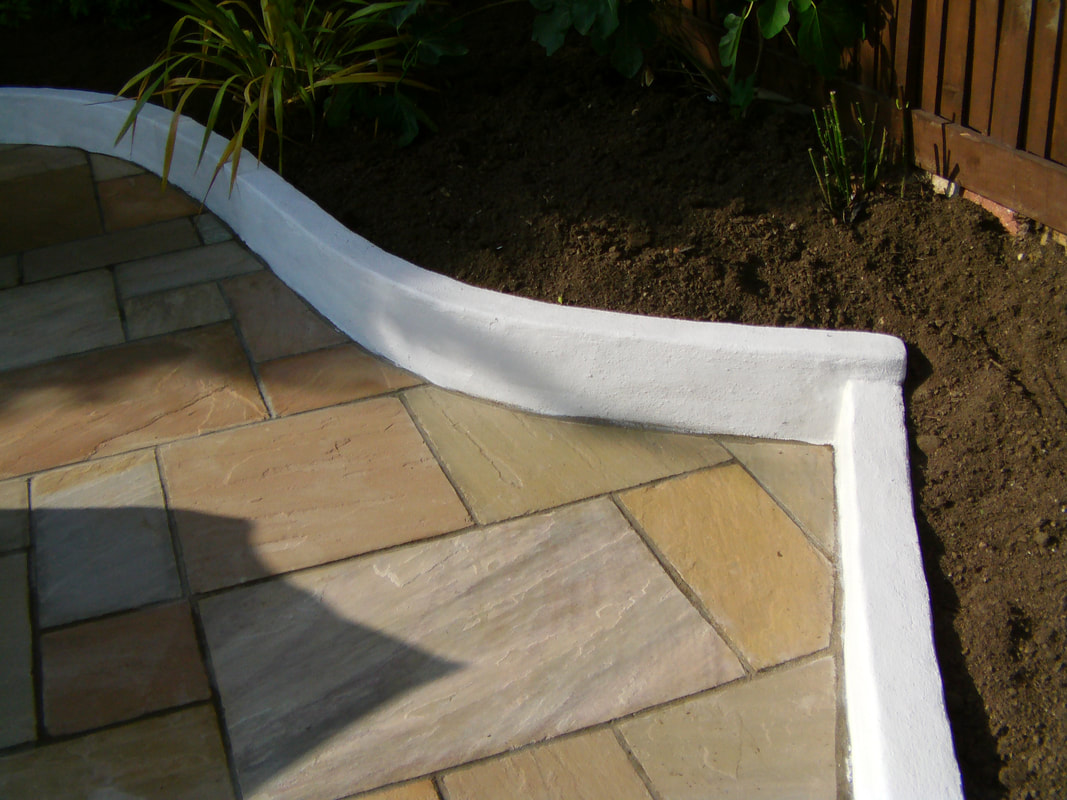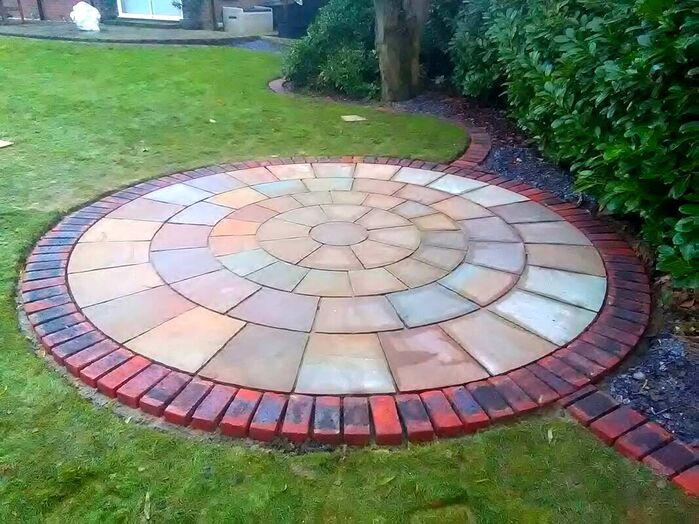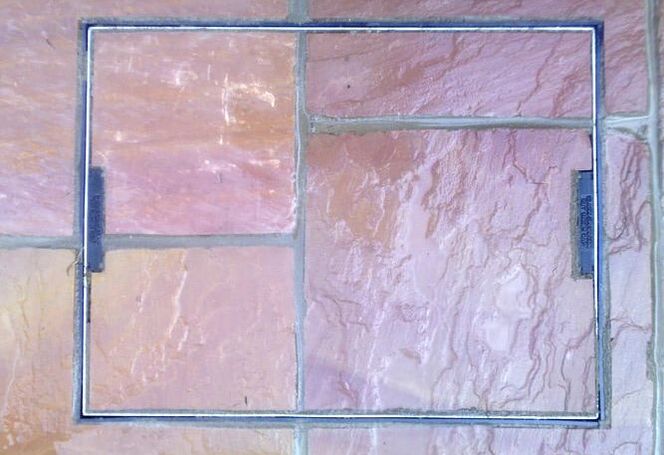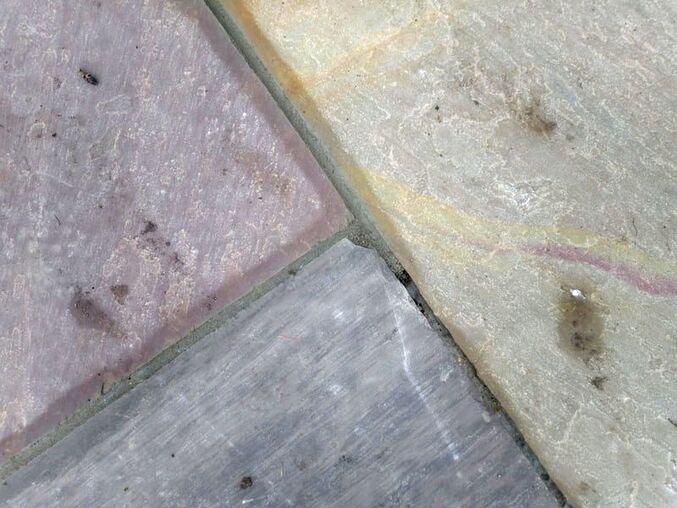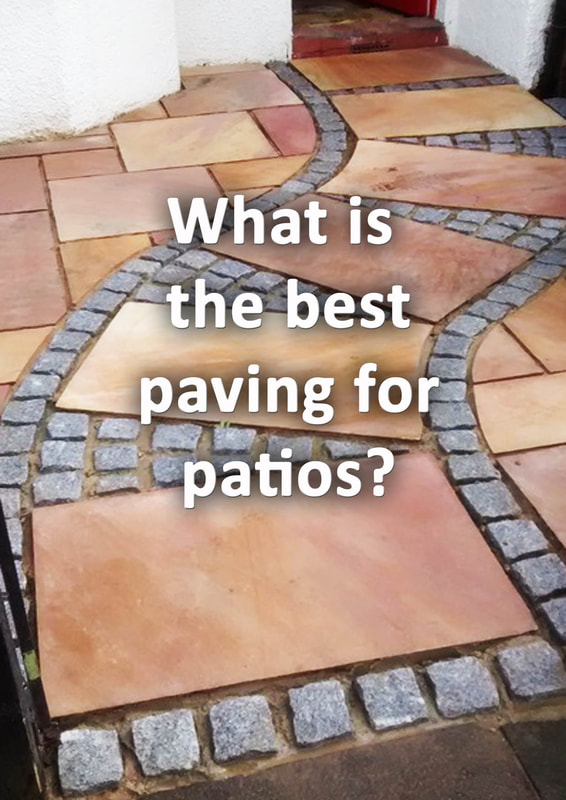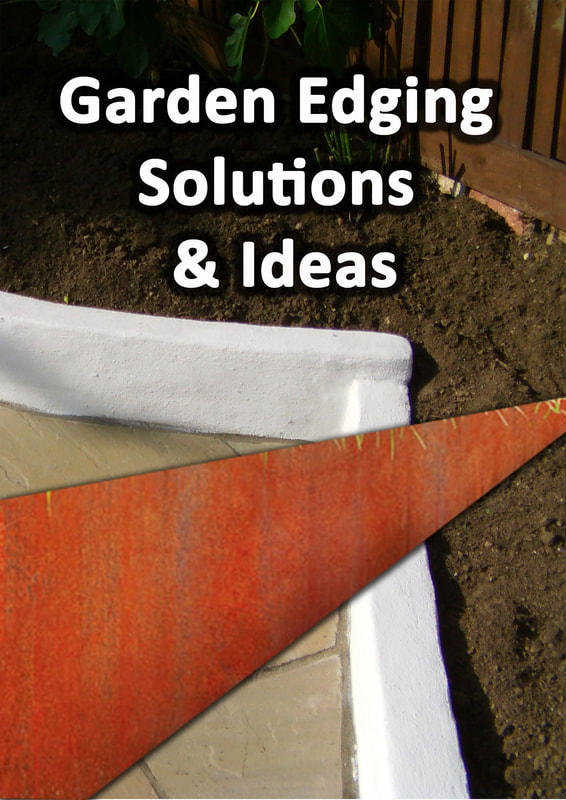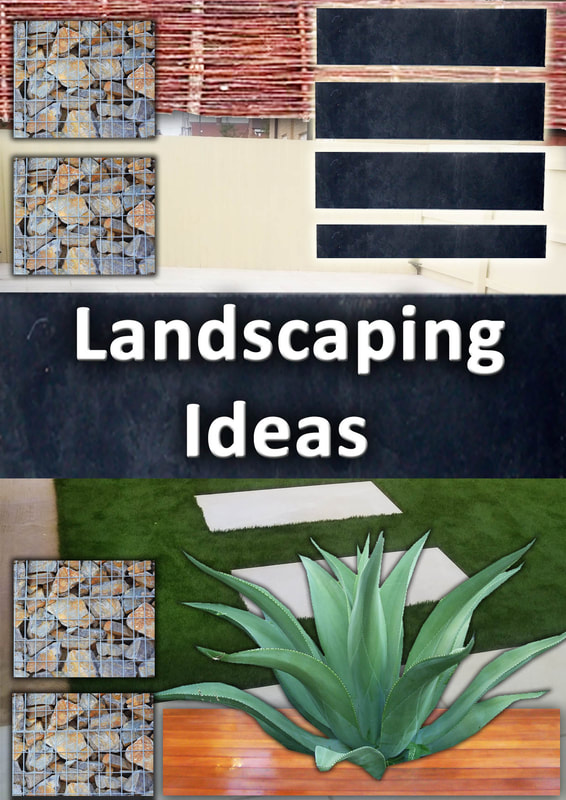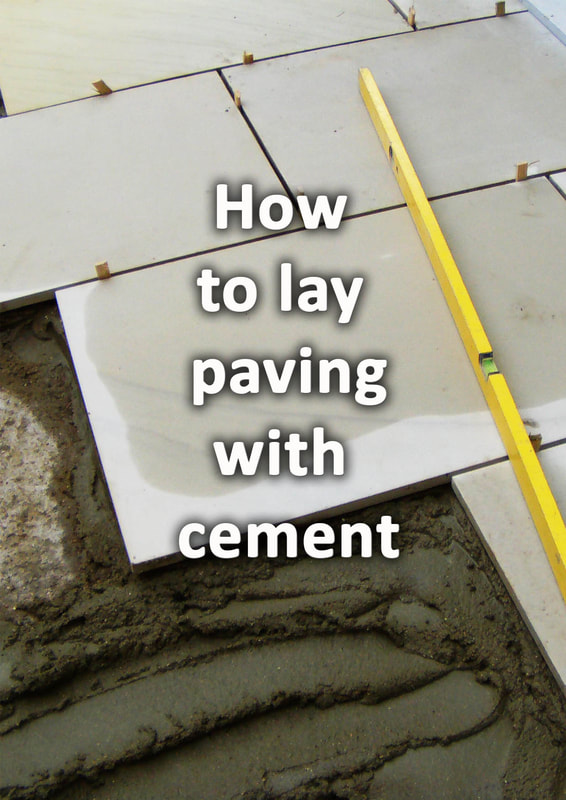|
This article contains affiliate links
Indian sandstone is a made from quarried sandstone which comes from various regions across India.
This sandstone has become increasingly popular especially in Europe for its durability and decorative colours. The primary reason Indian sandstone is popular is it comes in a wide range of colours and is affordable. In Britain York stone paving was the preferred paving of choice for many decades. York stone is also sandstone and became the most favourite paving material across the country. This was due to the fact it had popular buff colours which compliment buildings well. Indian sandstone looks very similar to more traditional York stone. This led to its rapid adoption as a more affordable alternative. The most common question often asked however is, is Indian sandstone a good choice? In this article we will look at its attributes to come to a sound conclusion. Visual attributes
One of the most popular aspects of Indian sandstone is its multiple colour options. Not only does it offer a wide spectrum of colours it normally has tonal variation within a single batch. Many stone strata’s also display mineralisation and even prehistoric fossils. This makes it extremely versatile an able to be implemented into many various design styles. Due to the sandy grain of the stone it can also be milled in a variety of different finishes. This again holds tribute to its versatility within garden projects. For every garden design or general patio there is Indian sandstone suitable for the job. Is Indian sandstone good quality
Like all sandstone, Indian sandstone is made up of tiny particles of sand which have been fused into rock. This process was formed over millions of years as sedimentary particles were compressed. The result is a dense rock with a course texture. Like all sandstone every batch and individual paving slab will be unique. However this does mean any particular batch could vary in durability and quality.
The durability of any natural stone has been formed by the compressive forces of nature.
All Indian sandstone paving is incredibly durable and will normally outlast the mortar it’s laid upon. If however you wish to guarantee superior quality purchase a leading brand. If they have supplied specific sandstone for decades with no issues that’s a good quality guarantee. Is Indian sandstone easy to maintain?Indian sandstone is very easy to maintain if it is laid correctly. A solid base and a consistent mortar bed will prevent cracking and weed establishment. Indian sandstone laid to flush and level falls will prevent damp spots and algae establishment. Sandstone does naturally have some absorbent qualities, this can lead it to absorb some dirt and stains to its surface.
However this is easily remedied by mixing soapy water with a small drop of bleach and scrubbing well.
Pressure washing will also blast out any dirt which has become engrained in the paving’s surface. Alternatively you can reduce the risk of staining by coating the paving with a good quality sealant. These stop stains and moisture from permeating the sandstone. Particularly wet look sealants can dramatically enhance the natural tones of the paving. Is Indian sandstone slippery?
Indian sandstone is not naturally slippery due to its coarsely grained texture. Furthermore most sandstone celebrates natural undulations and surface ridges. These can add to the natural aesthetics while increasing grip. However it is important to recognise that Indian sandstone has the potential to be slippery in specific conditions.
Smooth cut and polished sandstone if penetrated by moss and algae can become slippery. The best way to avoid this is only use machine cut and polished paving in sunny dry areas of the garden.
If you are especially concerned about slippery surfaces you can seal such paving with an anti slip sealant. Does Indian sandstone scratch easily?
Due to Indian sandstones densely packed particles it does scratch when scraped with a hard point. However scratches usually look worse than they actually are due to the chalky residue created during any trauma.
Normally most scratches wear down within a year or so of natural weathering. Wet sanding can also be carried out to the paving surface to hide the scratch.
Conventional scratches from garden tools and furniture rarely have the velocity to produce permanent scratches to Indian sandstone. Conclusion
Due to its wide variety of colours, textures, finishes and affordability Indian sandstone is a very good choice. It has a natural ability to work with any garden design style and is readily available. Not yet decided on which paving material to go for? Why not read our article what is the best paving for patios here.
'As an Amazon associate I earn from qualifying purchases'
2 Comments
nks for sharing the article, and more importantly, your personal experience mindfully using our emotions as data about our inner state and knowing when it’s better to de-escalate by taking a time out ardcdsce great tools. Appreciate you reading and sharing your story since I can certainly relate and I think others can to
Reply
Leave a Reply. |
The Author
|
Landscaping services across Buckinghamshire, Amersham, Aylesbury & High Wycombe
Hyde Heath, Amersham, Buckinghamshire |
|
